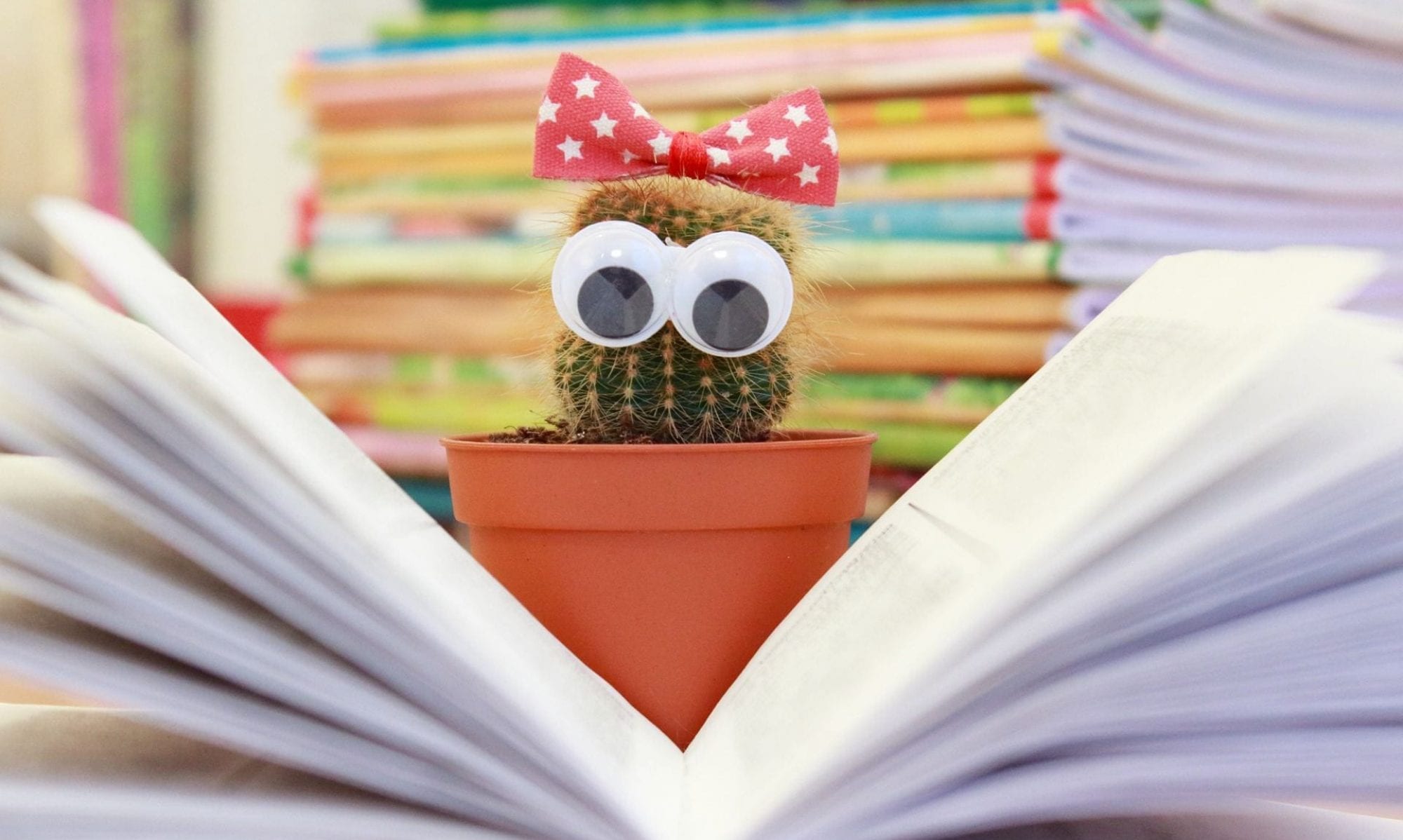Module 4 has covered a variety of areas, including some practical ways to incorporate digital storytelling into the classroom, and exploring the definition and how it has expanded over time.
I already had some idea of the potential for creating digital texts in the classroom from INF530. This module has built on those concepts and I have begun to make connections to curriculum and class tasks and explore the use of pre-made digital narratives.
It has been highlighted that there is opportunity for creating AND reading digital stories and these can both be incorporated into teaching and learning. Botturi, Bramani and Corbino discuss how digital stories can be used to assist with communication and finding voice for students with learning difficulties. Matthews comments similarly that communication is a benefit for using digital stories. While Tackvic highlights the benefits of using digital platforms to create narratives. And Bjorgen refers to the similarities and differences in student use of digital tools at home and school through a digital storytelling project.
These readings follow similar themes but approach to topic from different contexts. The concept of using digital stories with students with diverse needs to share their learning or their own personal story, highlights why providing tasks with different presentation options is necessary for all student learning.
Building a narrative from scratch is hard, particularly, as Tackvic points out, when the page in front of you is blank. Getting students to plan their narratives using digital tools – giving the access to images and music which can spark creativity is teaching students to use the tools around them to meet an end goal, and encouraging student’s own interpretation of images/sounds (thinking critically and creatively).
Students are exposed to digital environments/tools at home and at school, and they use them differently in each scenario. Students creating digital narratives at school are building a skill set they can use outside of the classroom. Conversely, they can bring skills learnt at home and apply them to school tasks. Yes, there is often a difference in what can/cannot be accessed (eg. YouTube), but this forces students to find other solutions.
Using digital storytelling in the classroom is something I would like to start doing. It provides opportunities for differentiation and critical and creative thinking, as well as building an ongoing understanding of digital tools and narrative structure. I would start small – working with one class on one topic in order to develop my presentation of the task and skills in tools. I would like to build up to completing at least one digital storytelling task a year with each class. There are multiple opportunities for this throughout the HASS and English curriculums.
References
Bjorgen, A.M. (2010). Boundary crossing and learning identifies – digital storytelling in primary schools. Seminar.net: Media, Technology and Lifelong Learning, 6(2), 161-175. Retrieved from EBSCO.
Botturi, L., Bramani, C., & Corbino, S. (2012). Finding your voice through digital storytelling. Techtrends: Linking Research & Practice To Improve Learning, 56(3), 10-11. doi:10.1007/s11528-012-0569-1
Matthews, J. (2014). Voices from the heart: The use of digital storytelling in education. Community Practitioner, 87(1), 28-30. Retrieved from ProQuest Central.
Tackvic, C. (2012). Digital storytelling: Using technology to spark creativity. The Educational Forum, 76(4), 426-429. doi: 10.1080/00131725.2012.707562

